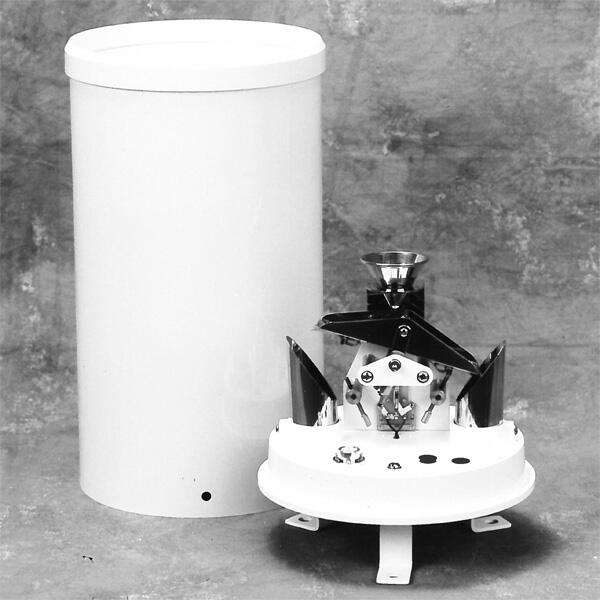
# Rain Gauge Applications in Weather Monitoring and Water Resource Management
Rain gauges are essential tools in meteorology and hydrology, providing critical data for weather monitoring and water resource management. These devices measure the amount of precipitation over a specific period, offering valuable insights into climate patterns and water availability. Below, we explore the various applications of rain gauges in these fields.
## Weather Monitoring
Accurate weather forecasting relies heavily on precipitation data collected by rain gauges. Meteorologists use this information to predict weather patterns, issue warnings for severe weather events, and study long-term climate trends. Rain gauges are deployed in various locations, from urban areas to remote regions, ensuring comprehensive coverage.
### Types of Rain Gauges
There are several types of rain gauges, each suited for different monitoring needs:
– Standard Rain Gauge: A simple, manual device that collects rainfall in a graduated cylinder.
– Tipping Bucket Rain Gauge: An automated device that records rainfall by counting the number of times a small bucket tips.
– Weighing Rain Gauge: Measures precipitation by weighing the collected water, providing highly accurate data.
## Water Resource Management
Rain gauges play a crucial role in managing water resources, especially in regions prone to droughts or floods. By tracking precipitation levels, water resource managers can make informed decisions about water allocation, irrigation, and flood control.
### Applications in Agriculture
Farmers rely on rain gauge data to optimize irrigation schedules, ensuring crops receive adequate water without wastage. This is particularly important in arid regions where water is scarce.
### Urban Planning
In urban areas, rain gauges help manage stormwater runoff, reducing the risk of flooding. Planners use this data to design effective drainage systems and implement sustainable water management practices.
## Conclusion
Rain gauges are indispensable tools in both weather monitoring and water resource management. Their ability to provide accurate precipitation data supports a wide range of applications, from improving weather forecasts to ensuring sustainable water use. As climate change continues to impact global weather patterns, the importance of rain gauges will only grow, making them a vital component of modern environmental monitoring systems.
Keyword: rain gauge uses
